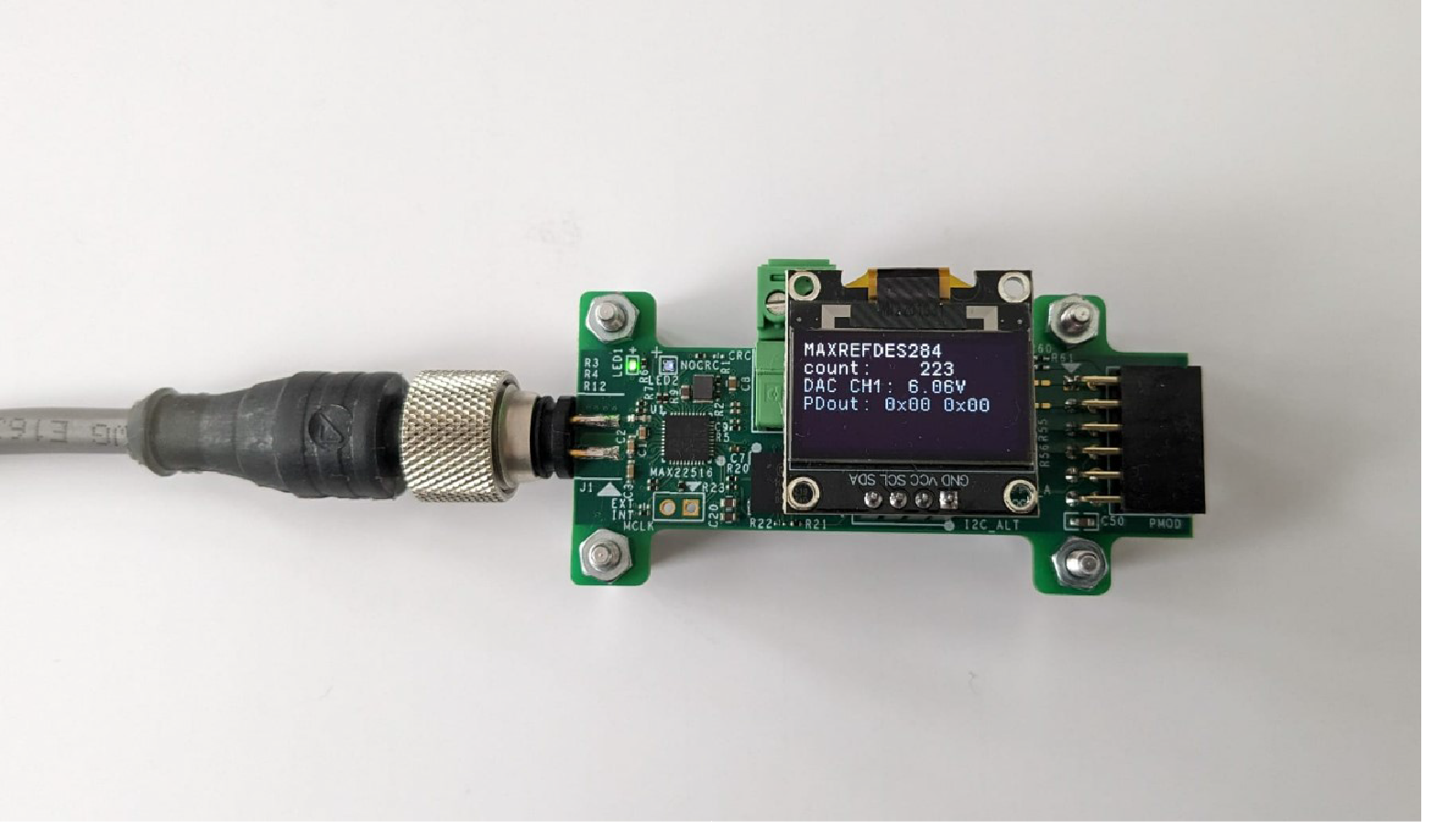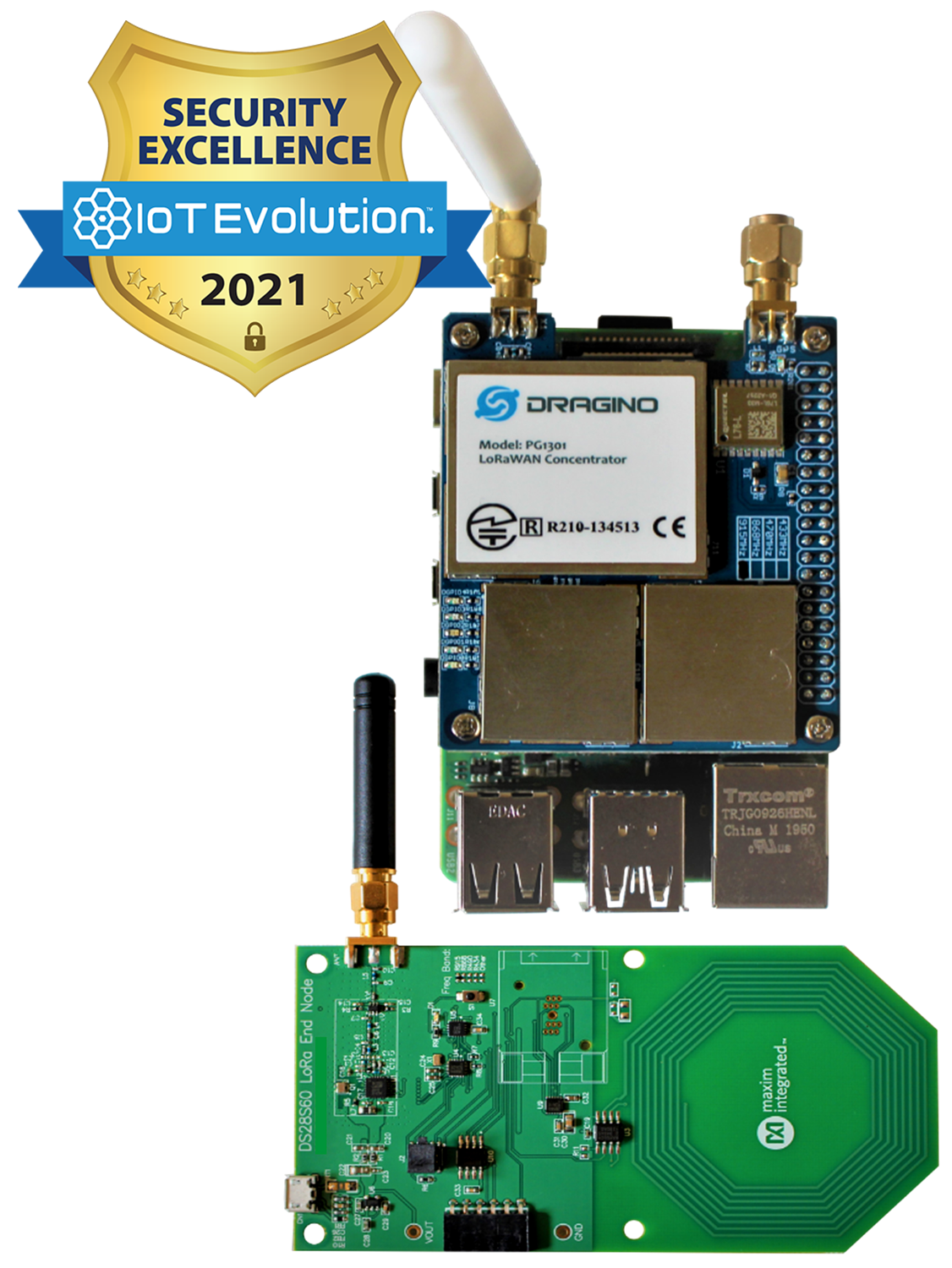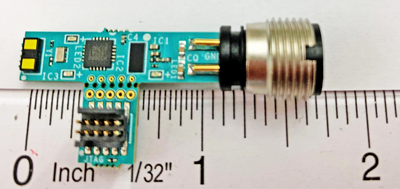MAX32660
RECOMMENDED FOR NEW DESIGNSTiny, Ultra-Low-Power Arm Cortex-M4 Processor with FPU-Based Microcontroller (MCU) with 256KB Flash and 96KB SRAM
DARWIN Generation U MCUs Are Perfect for Engineers Who Are Serious About Power and Performance
- Part Models
- 11
- 1ku List Price
- Starting From $1.29
Part Details
- High-Efficiency Microcontroller for Wearable Devices
- Internal Oscillator Operates Up to 96MHz
- 256KB Flash Memory
- 96KB SRAM, Optionally Preserved in Lowest Power Backup Mode
- 16KB Instruction Cache
- Memory Protection Unit (MPU)
- Low 1.1V VCORE Supply Voltage
- 3.6V GPIO Operating Range
- Internal LDO Provides Operation from Single Supply
- Wide Operating Temperature: -40°C to +105°C
- Power Management Maximizes Uptime for Battery Applications
- 85µA/MHz Active Executing from Flash
- 2µA Full Memory Retention Power in Backup Mode at VDD = 1.8V
- 450nA Ultra-Low Power RTC at VDD=1.8V
- Internal 80kHz Ring Oscillator
- Optimal Peripheral Mix Provides Platform Scalability
- Up to 14 General-Purpose I/O Pins
- Up to Two SPI
- I2S
- Up to Two UARTs
- Up to Two I2C, 3.4Mbps High Speed
- Four-Channel Standard DMA Controller
- Three 32-Bit Timers
- Watchdog Timer
- CMOS-Level 32.768kHz RTC Output
In the DARWIN family, the MAX32660 is an ultra-low-power, cost-effective, highly-integrated 32-bit microcontroller designed for battery-powered devices and wireless sensors. It combines a flexible and versatile power management unit with the powerful Arm® Cortex®-M4 processor with floating point unit (FPU) in the industry’s smallest form factor: 1.6mm x 1.6mm, 16-bump WLP or 4mm x 4mm, 20-pin TQFN-EP, or 3mm x 3mm, 24-pin TQFN-EP.
The MAX32660 enables designs with complex sensor processing without compromising battery life. It also offers legacy designs an easy and cost optimal upgrade path from 8- or 16-bit microcontrollers.
The device supports SPI, UART, and I2C communication while also integrating up to 256KB of flash memory and 96KB of RAM to accommodate application and sensor code. An optional bootloader through I2C, UART, or SPI is available.
Applications
- Fitness Monitors
- Industrial Sensors
- IoT
- Optical Modules: QSFP-DD, QSFP, 400G
- Portable Medical Devices
- Sports Watches
- Wearable Medical Patches
Documentation
Data Sheet 1
Reliability Data 1
User Guide 5
Design Note 1
Technical Articles 3
Video 3
Solutions Bulletin & Brochure 2
Device Drivers 1
Analog Dialogue 2
ADI has always placed the highest emphasis on delivering products that meet the maximum levels of quality and reliability. We achieve this by incorporating quality and reliability checks in every scope of product and process design, and in the manufacturing process as well. "Zero defects" for shipped products is always our goal. View our quality and reliability program and certifications for more information.
| Part Model | Pin/Package Drawing | Documentation | CAD Symbols, Footprints, and 3D Models |
|---|---|---|---|
| MAX32660E/D+ | 0-CHIP-N/A | ||
| MAX32660GTG+ | Thin Quad Flatpack, No Leads | ||
| MAX32660GTG+T | Thin Quad Flatpack, No Leads | ||
| MAX32660GTGBL+ | Thin Quad Flatpack, No Leads | ||
| MAX32660GTGBL+T | Thin Quad Flatpack, No Leads | ||
| MAX32660GTP+ | Thin Quad Flatpack, No Leads | ||
| MAX32660GTP+T | Thin Quad Flatpack, No Leads | ||
| MAX32660GWE+ | 16-WLCSP-N/A | ||
| MAX32660GWE+T | 16-WLCSP-N/A | ||
| MAX32660GWEBL+ | 16-WLCSP-N/A | ||
| MAX32660GWEBL+T | 16-WLCSP-N/A |
| Part Models | Product Lifecycle | PCN |
|---|---|---|
|
Apr 27, 2024 - 2400 ASSEMBLY |
||
| MAX32660GTG+ | PRODUCTION | |
| MAX32660GTG+T | PRODUCTION | |
| MAX32660GTGBL+ | PRODUCTION | |
| MAX32660GTGBL+T | PRODUCTION | |
This is the most up-to-date revision of the Data Sheet.
Software Resources
Device Drivers 1
CodeFusion Studio™
The multi award winning CodeFusion Studio (CFS) is an embedded software development platform built on Microsoft's open-source Visual Studio Code (VS Code).
View DetailsEvaluation Software 1
Can't find the software or driver you need?























